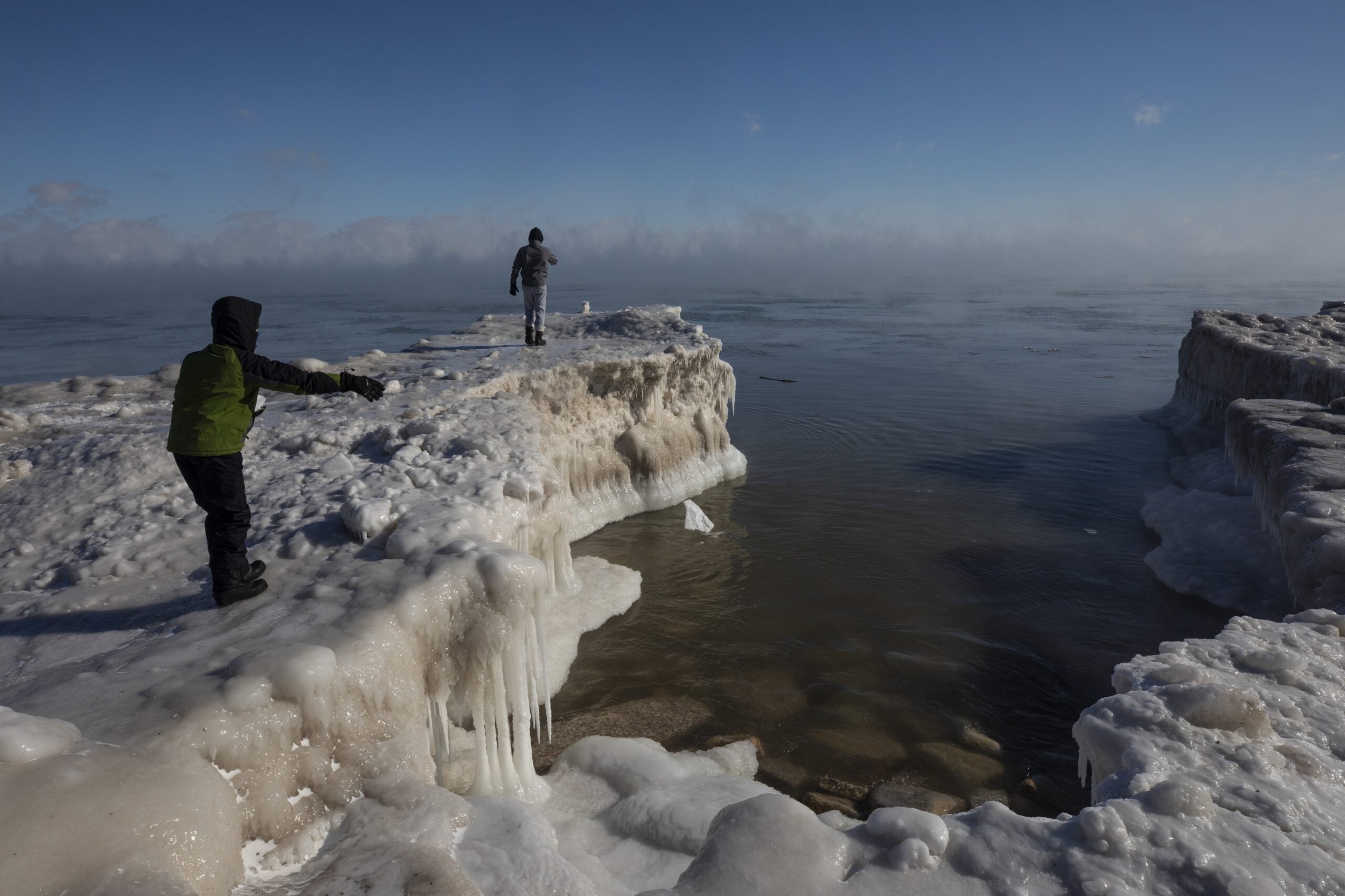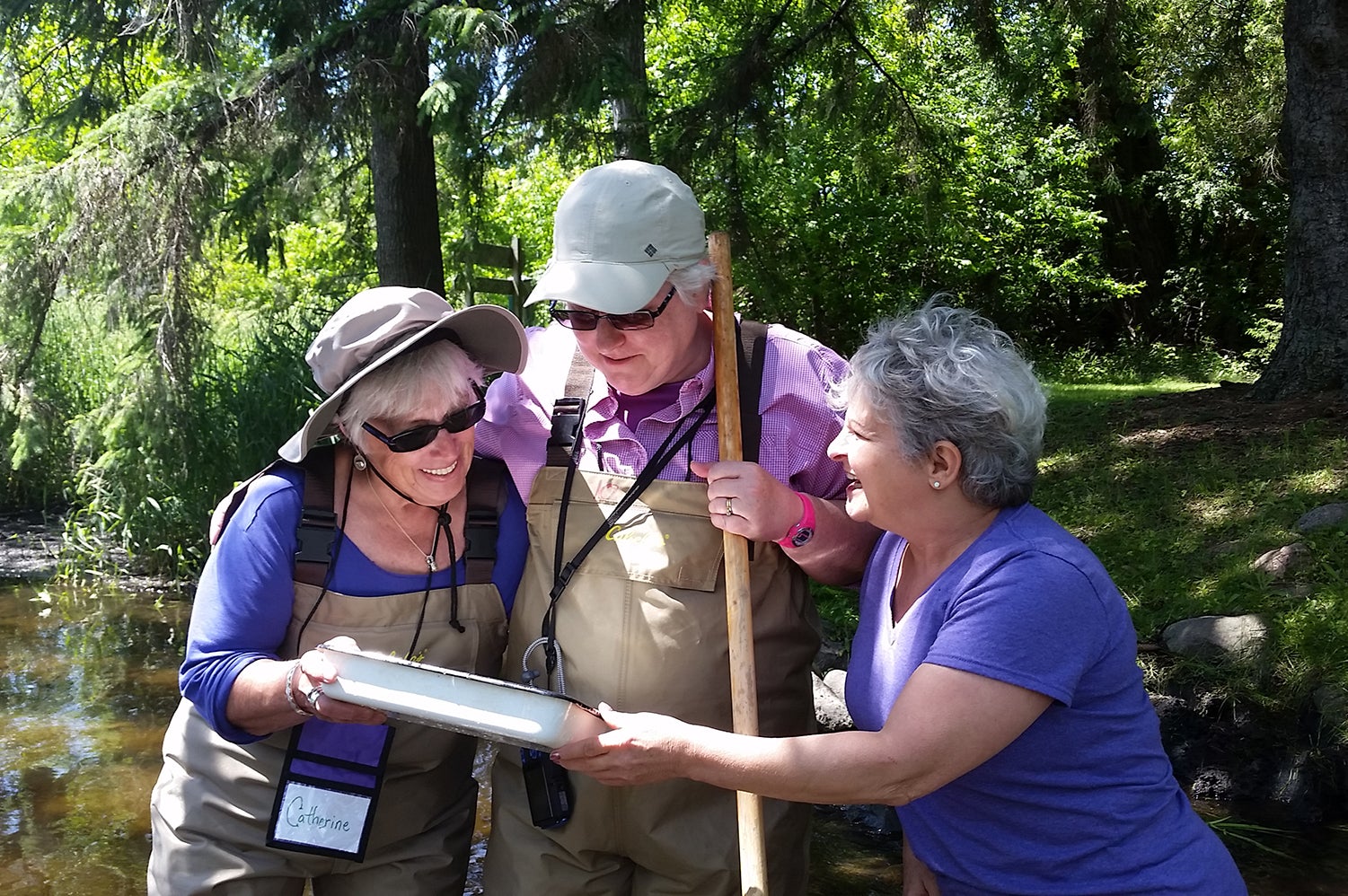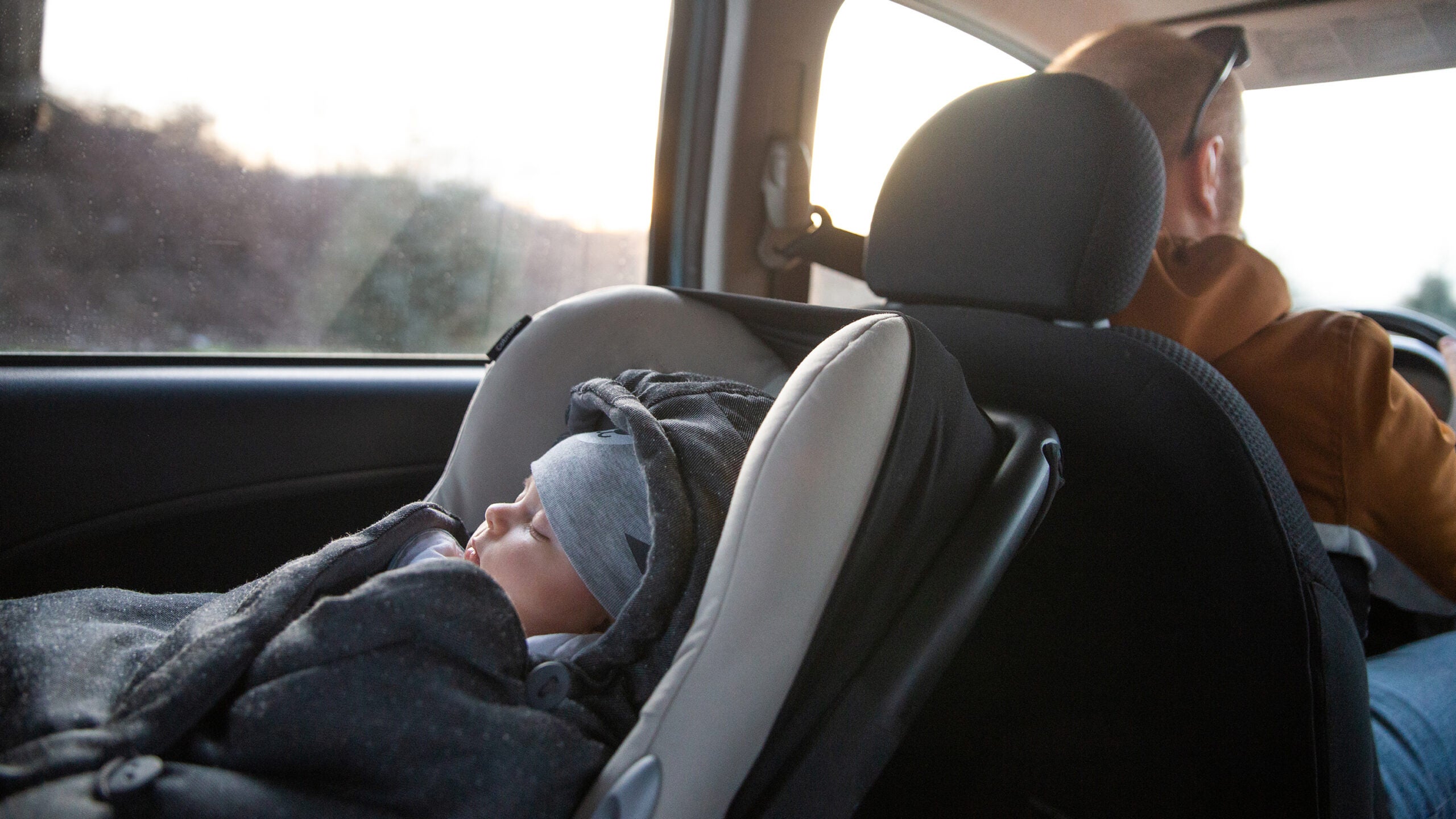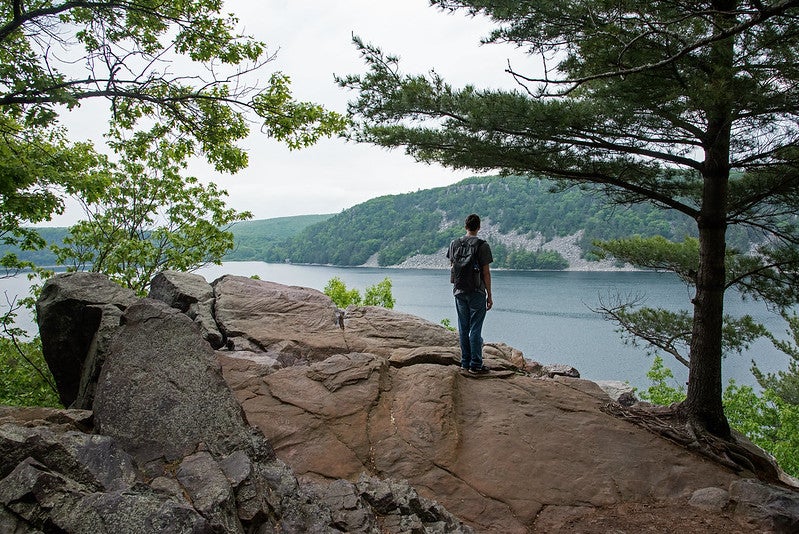Although getting outside during the warmer months was an easier option after COVID-19 forced the closure of stores, restaurants and other businesses, winter’s arrival brings more challenges to the realities of social distancing and wearing masks. Those challenges include getting outside when the sun goes down early and the weather is cold.
In taking a note from Norwegians who relish the idea of getting outside all year long, Amanda Loudin offers tips in an article in The Washington Post. Those tips include the importance of not overlooking winter gear must-haves such as a warm hat, a scarf and gloves (preferably mittens if you don’t need to use your fingers as much).
Loudin is a health and fitness writer with enough outdoors experience to know how to make your treks outside this winter more enjoyable and comfortable.
Stay informed on the latest news
Sign up for WPR’s email newsletter.
Change Your Mind
As a self-described outdoorist, Loudin said this spring and summer have seen a huge uptick in the number of people getting outside. If she wasn’t at the parking lot for trails and state parks near her neighborhood in Maryland by 6 a.m., there wasn’t a parking spot to be found.
In Wisconsin, the state Department of Natural Resources recorded a surge in the number of visitors to state parks during the pandemic. There was a 21 percent increase in the number of vehicle admissions fees and trail passes from January through August compared to last year, and campsites were booked at or near 100 percent throughout the summer weekends.
“We’ve seen a big upsurge in outdoor space usage, and as we head into the colder months, a familiar refrain has been, ‘How do we keep this going?’” she said.
One of the ways to do that is by changing the way you view getting outdoors in the winter.
Loudin recalled back to April, when restrictions were imposed on businesses and other public places because of COVID-19, there wasn’t much else to do apart from getting outside in the open air, where transmission of the virus is reduced compared to being indoors.
“And getting outside, you probably noticed that it made you feel good,” Loudin said, encouraging people to recall that feeling and use that to motivate you to get outside this winter. To help motivate herself in the dead of winter, Loudin plans to remember how getting outside helps keep her mood elevated and gets her exposed to some sun.
Mind Your Clothes
There’s a phrase attributed to Norwegians that “there’s no such thing as bad weather, only inappropriate clothing.” Loudin agrees, and recommends layering clothing on outdoor winter adventures.
Start with a long-sleeve base for your core, preferably something made out of merino wool or synthetic material. You’ll want to stay away from cotton because it holds onto moisture and that’s going to keep you cold.
Think about your legs, too. You might want to wear some warm tights or leggings, or even fleece-lined pants. As your feet are often the first to get cold, make sure you’re wearing warm wool socks, such as Smartwool socks. You can layer those over waterproof socks. Cotton socks won’t keep you as warm. You could also try wearing a liner around your feet to help keep them dry and warm. Between your socks and liner is a good place to put hand warmers, too.
Layers are a good way to prepare for the weather because as the sun heats you up, or as you warm up from exercise, you can remove your warmest layers. If you’re going to be sitting still, pair your layers with a puffy winter coat. There are plenty of options, but for Wisconsin’s climate, look for something that’s waterproof and protects against wind. To save a bit of money, opt for synthetic insulating material which is cheaper than down.
If you’re planning to go hiking or walking on potentially icy surfaces, consider buying Yaktrax or something that provides traction. These fit around the bottom of your shoes and serve as cleats to help keep you upright.
Loudin said if you can get away from work during lunch, especially if you’re working from home, use your lunch hour to get outside and get some sun. If that’s not an option and you end up going outside when it’s dark, increase your visibility by wearing a headlamp and reflective material, whether that’s your jacket or accessories like wristbands and a hat.
Wisconsin Public Radio, © Copyright 2024, Board of Regents of the University of Wisconsin System and Wisconsin Educational Communications Board.





